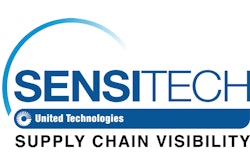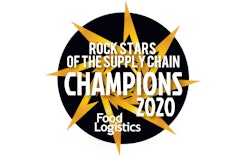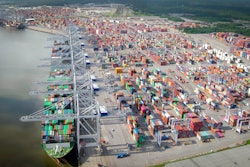
In practice, it is clear that a functioning cold chain is critical to the protection and delivery of fresh and frozen perishable foods. In parts of the world where the cold chain is established and runs effectively, perishable food loss can be maintained as low as two percent. When applied properly and consistently, a fully functioning cold chain can successfully prevent and reduce food loss.
But, we also know that breaks in the cold chain can occur due to a wide variety of issues, including: operator error; insufficient pre-cooling; poor loading practices; inadequate insulation; improperly functioning refrigeration equipment; or, even something as simple as cargo- or walk-in cooler doors being left open too long. Any of these breaks can cause damage to perishable foods by exposing them to conditions that are too warm or cold, all leading to food that is lost or wasted.
Even relatively small differences in temperature can mean a big difference in the quality of perishables. Sometimes the detrimental effects are not immediately obvious and don’t manifest until the perishable items are already at home in your fridge.
Perhaps the most important place to focus on improvements is in places where the cold chain doesn’t exist, or is too small to properly function from end-to-end. According to the International Institute of Refrigeration, the lack of a functioning cold chain causes significant food loss: up to almost 20 percent globally. In developed countries, food losses from the absence of refrigeration account for nearly nine percent of total food production, and 23 percent on average in developing countries.
The development and implementation of sophisticated data analytics—such as the Internet of Things—helps by providing end-to-end visibility that identifies ways to improve food safety and quality, and thus reduce waste and inefficiency, to close the gaps in the cold chain.
This could take the form of combining captured location, temperature, and logistics data for the supplier-to-distribution leg—including the last mile—of the supply chain with information about location, temperature and equipment performance from trucks that deliver to the same routes every week.
Using products and services that reveal how perishables are being handled as they move through the supply chain, we can capture and use information from supply chain performance data to reduce waste and inefficiency, which improves the bottom line.
But process variation is the enemy, and active data management is the best way to improve it. Data-driven decisions yield better outcomes. Collecting, managing and analyzing data requires consistent monitoring using a variety of tools. It takes a team approach, where collaboration and transparency benefit shippers, carriers and receivers.
Moreover, good supply chain intelligence provides a competitive advantage.
Every day the cold chain produces a lot of useful information, just waiting to be captured and used. There are many useful areas to measure but not all of them may be practical or even necessary to control the cold chain process. It’s important to carefully decide what data is needed to measure, and then capture that data in the most automated, accurate and reliable way possible.
Start by verifying that measurements are accurate and represent the part of the process to be controlled.
These can include:
- Product precooling
- Trailer/container precooling
- Trailer/container loading patterns
- Refrigeration settings
- In-transit ambient temperature
- Handling at loading & unloading
- Dock and storage conditions
There are many ways to analyze data. The most useful techniques will help to identify systematic causes for variation or poor performance. A simple way to do this is to aggregate or summarize metrics in multiple ways and view the data in a graphical format. Spotting trends and patterns can justify process changes, and ongoing monitoring will then reveal if those process changes actually led to improvement.
A robust cold chain is the single best way to preserve perishable food, and by effectively harnessing the data it already provides, the potential to reduce food losses and extend food supplies is extraordinary.
Jon Shaw is director of sustainability for Carrier Corporation, and Marc Beasley is vice president, strategic marketing and business development – food division, at Sensitech.
















